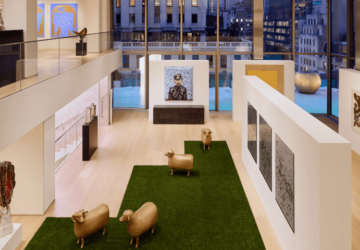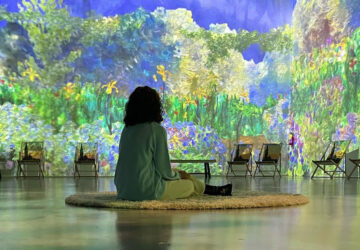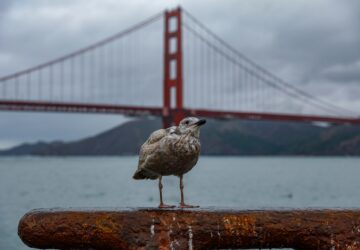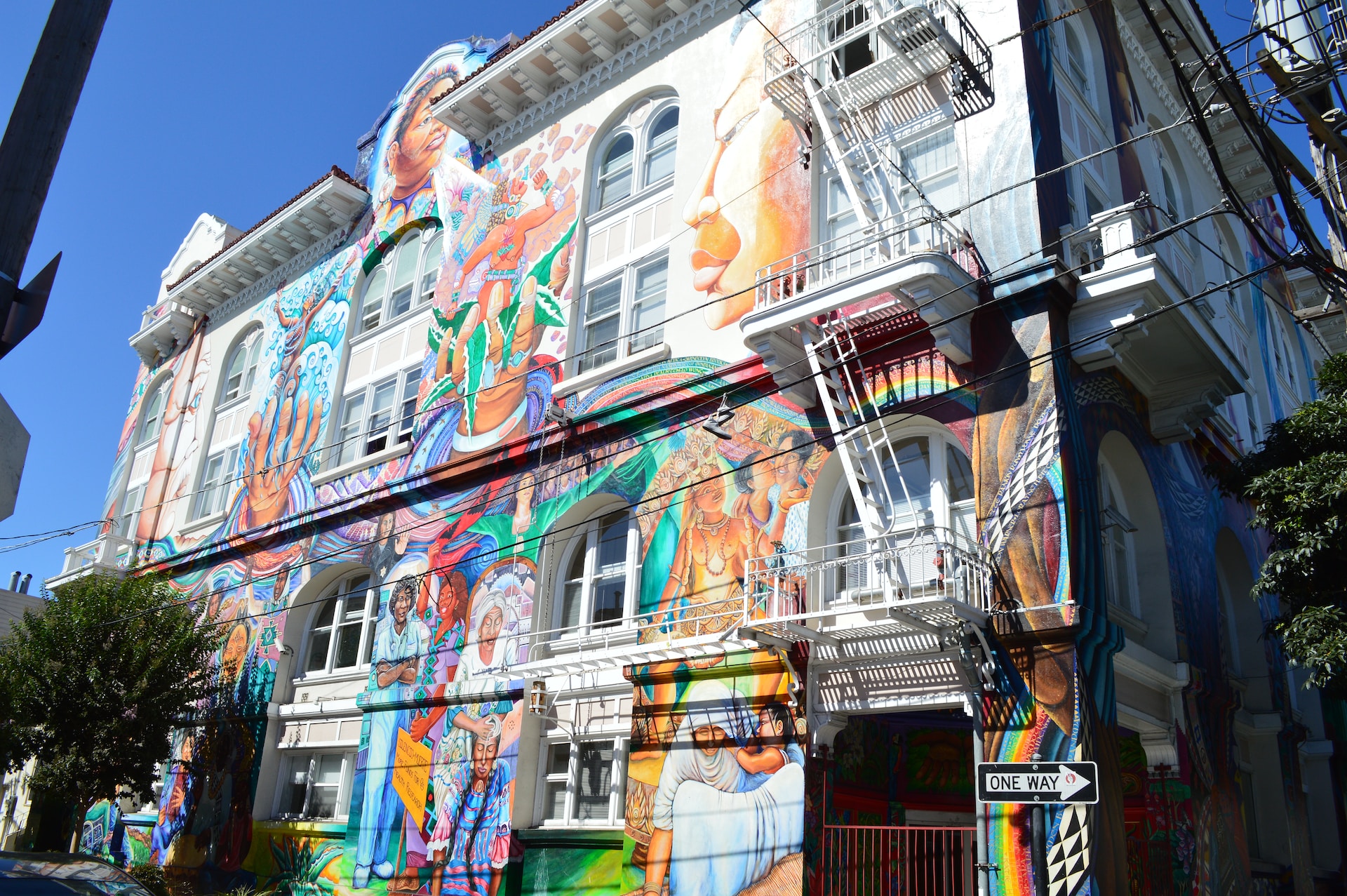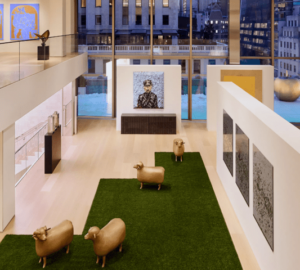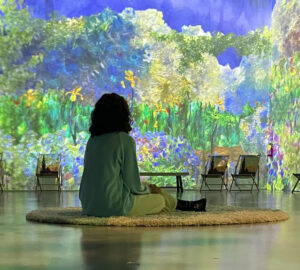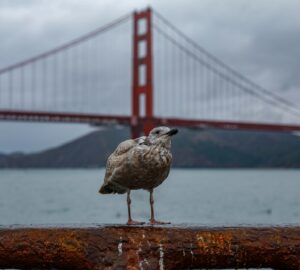1.Mission Murals
The murals in the Mission District provide a visual history lesson on immigration, gentrification, and current politics. While street art may be seen across San Francisco, the Mission features a concentrated collection of pictures and statements that are unique to the area.
The Mission has been a haven for Latin American immigrants, and the murals reflect that history. Many of the murals were created in the 1970s during the Chicano Movement, which was a political and cultural movement that advocated for the rights of Mexican Americans.
The Yelamu people, who established what is now San Francisco 4500 years ago, were the initial settlers of the Mission. The neighborhood is known as “The Mission” because Francisco Palou founded Mission Dolores in 1776, which settled the region with Spanish-Mexican residents.
The area became a haven for working-class German, Irish, and Italian immigrants during the Gold Rush. The flood of Mexican and Central American immigrants between the 1940s and 1960s altered the demographic even more. Dot-com employees and gentrification are part of the current wave of settlement.
Today, the murals continue to be a source of pride for the Mission community. They are a reminder of the community’s history and culture, and they provide a sense of identity for residents.
2. Angel Island
Angel Island is the biggest island in the San Francisco Bay, located somewhat northeast of Alcatraz. Although it is now a peaceful California State Park, this location has played a significant part in American history.
First used as a hunting and gathering site for the native Costanoan people, Angel Island was later transformed into a military post. During the Civil War, it served as a prison for Confederate soldiers. In World War II, Japanese and German prisoners were also detained here.
Nowadays, you can take in the stunning views of San Francisco and the Bay Area while hiking or biking on the island’s many trails. You can also learn about the island’s history at the Immigration Station Museum.
3. Tony’s Pizza Napoletana
Tony’s Pizza Napoletana is a San Francisco icon. Tony’s has a cult following for a reason. Tony’s Pizza Napoletana serves authentic Neapolitan pizza, they have a huge menu with just about every type of pizza you can think of. It is definitely a must-visit for anyone who loves pizza. This pizzeria has even won numerous awards, including the title of “Best Pizzeria in America” from GQ Magazine.
Never stop dating yourself! ❤️🍕🍺 #treatyoself pic.twitter.com/9SxBmyEJXd
— Tony Gemignani (@tonyspizza415) March 29, 2022
The dough is made with double zero flour, which is a type of Italian flour that’s made from soft wheat. The pizza is then cooked in a wood-fired oven, which gives it a unique flavor and texture.
In addition to traditional Neapolitan pizza, Tony’s Pizza Napoletana also offers several other types of pizza, including Sicilian pizza and calzones. The menu also features a variety of salads, appetizers, and desserts.
4. Dogpatch
Dogpatch is a neighborhood in San Francisco that’s located just south of AT&T Park. Artists, designers, musicians, and creative entrepreneurs flock to this still-affordable area consisting of repurposed industrial buildings to realize their ambitions, and the results can be seen all around the Dogpatch.
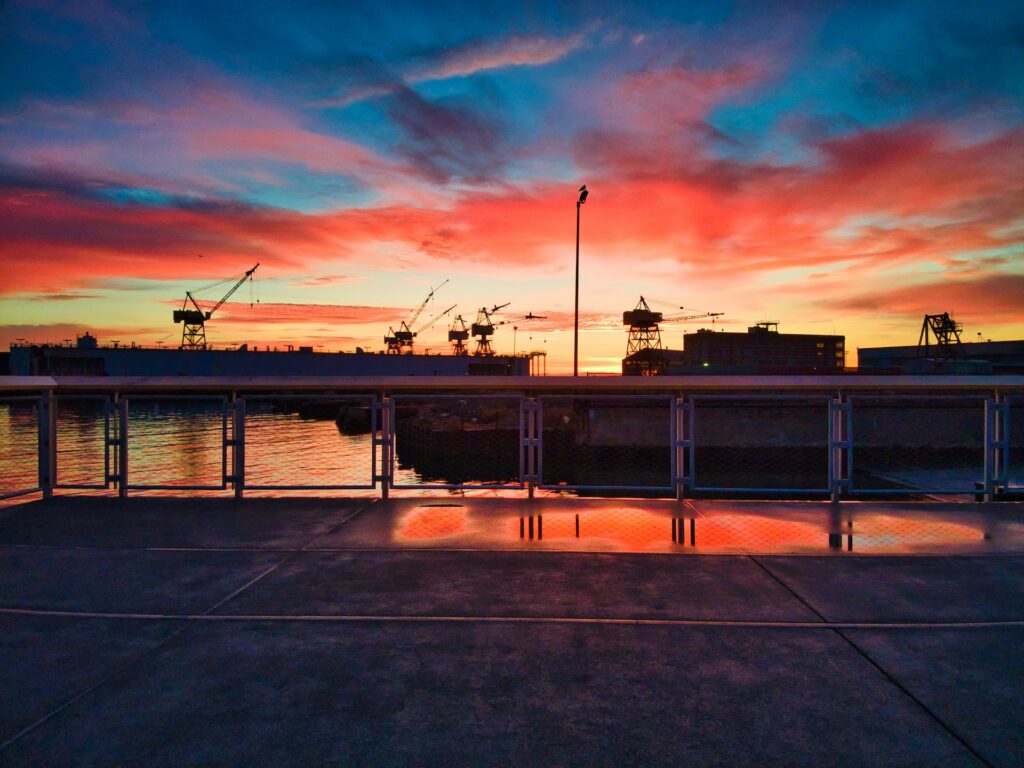
Today, Dogpatch is home to several art galleries, trendy restaurants, and cafes. This neighborhood is also home to the Museum of Craft and Design, which features rotating exhibitions of contemporary craft and design.
Just walking along Third Street, you’ll come across a unique chocolaterie, a boutique where you can purchase custom-made clogs, furniture stores full of local artisans’ items, and bakeries selling fresh-from-the-oven bagels. Although, despite the city’s overall tech-focused culture, the Dogpatch has maintained its traditional laid-back attitude and a strong sense of community.
5. San Francisco Museum of Modern Art
The San Francisco Museum of Modern Art is one of San Francisco’s most popular museums. It’s in the South of Market (SOMA) District, only steps from Union Square.
This museum just reopened after undergoing a massive expansion after being shuttered for three years. Inside, there are now ten storeys of artwork, making it nearly three times its original size. We also like that they created around six times more public space, with multiple free exhibits.
More than 30,000 works of art are on display at the museum. There are works by well-known painters such as Henri Matisse and Diego Rivera in the permanent collection. Beautiful photography, modern architectural elements, and a variety of other modern artwork are also on display.
The museum also has a public sculpture garden that’s free to enter. It contains works by artists such as Mark di Suvero and Andy Goldsworthy.
6. Exploratorium
The Museum Exploratorium in San Francisco puts science right at your fingertips. It opened in 1969 and is one of the city’s most popular museums. More than 600,000 people visit the Exploratorium each year.
Happy #InternationalMuseumDay ❤️ pic.twitter.com/sLktJpVm3C
— Exploratorium (@exploratorium) May 18, 2023
This museum is all about hands-on learning. There are more than 650 exhibits in the museum that you can touch, see, and hear. You can also participate in workshops and demonstrations.
Because it is so interactive, the museum’s key selling point, you will be able to conduct your own experiments and tests at the numerous stations aimed to “understand the universe via science, art, and human perception.”
There are over 600 hands-on exhibits at the Exploratorium. You can learn about everything from how animals see color to what it feels like to walk on a bed of nails. The museum also has an outdoor area called the Tactile Dome, where you can “explore complete darkness and disorientation.”
Featured Image: Photo by Piermario Eva on Unsplash
